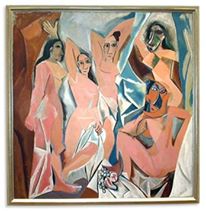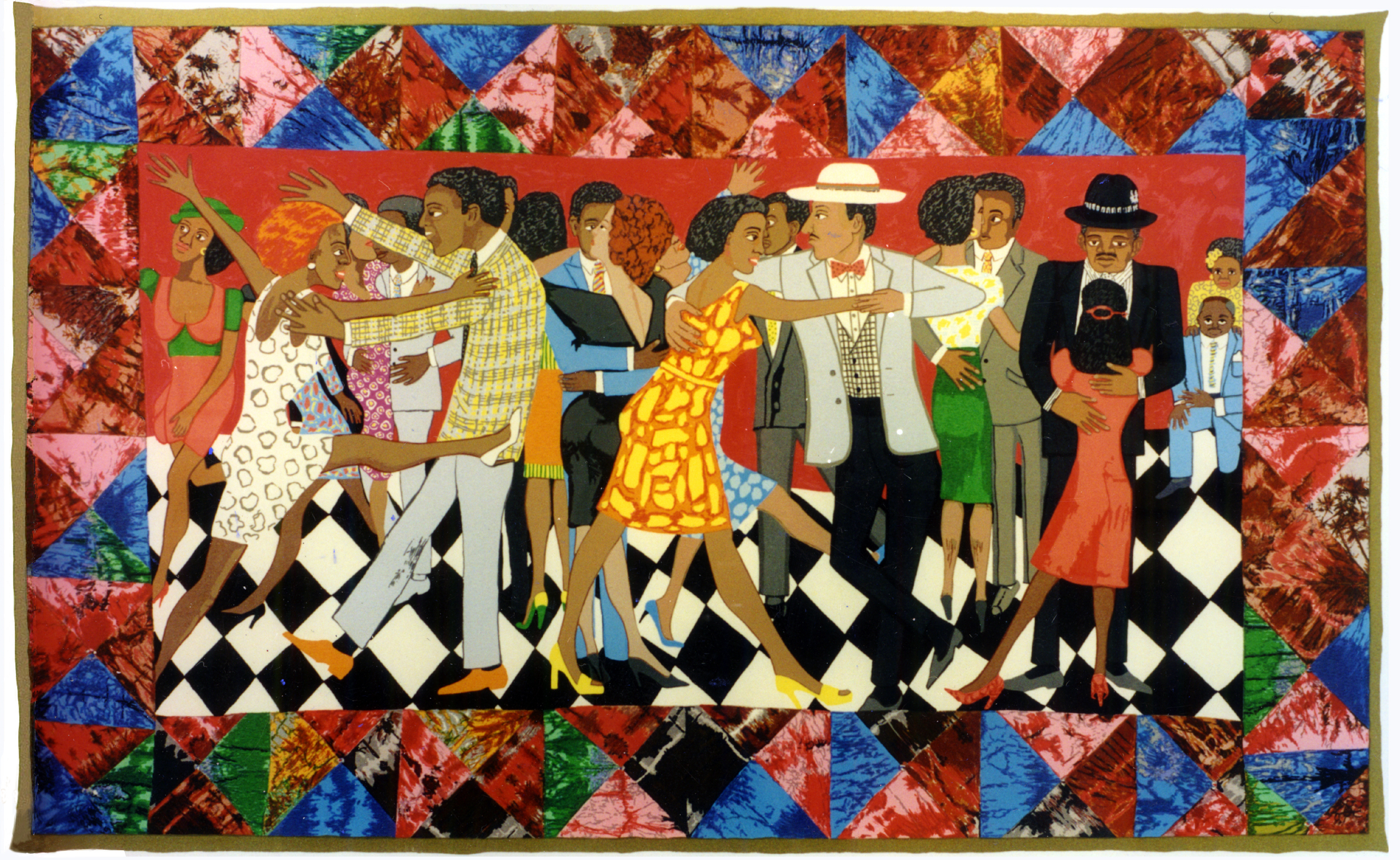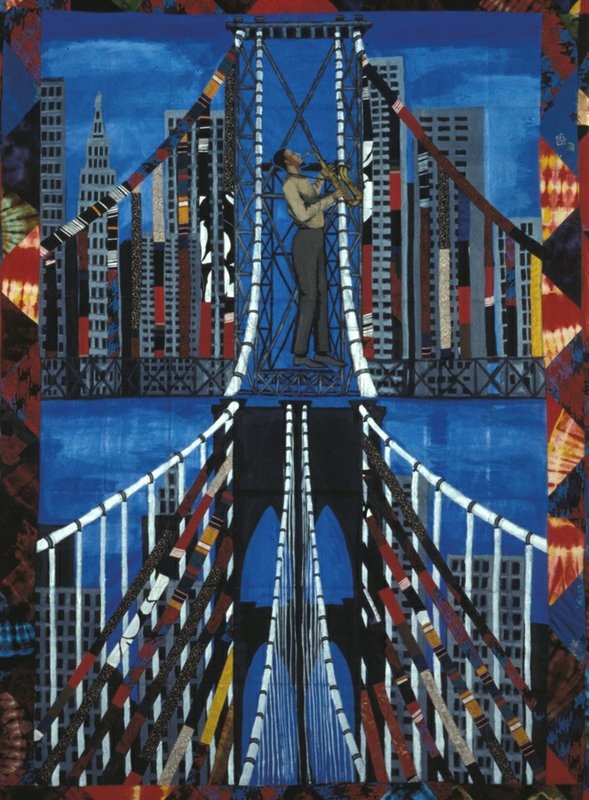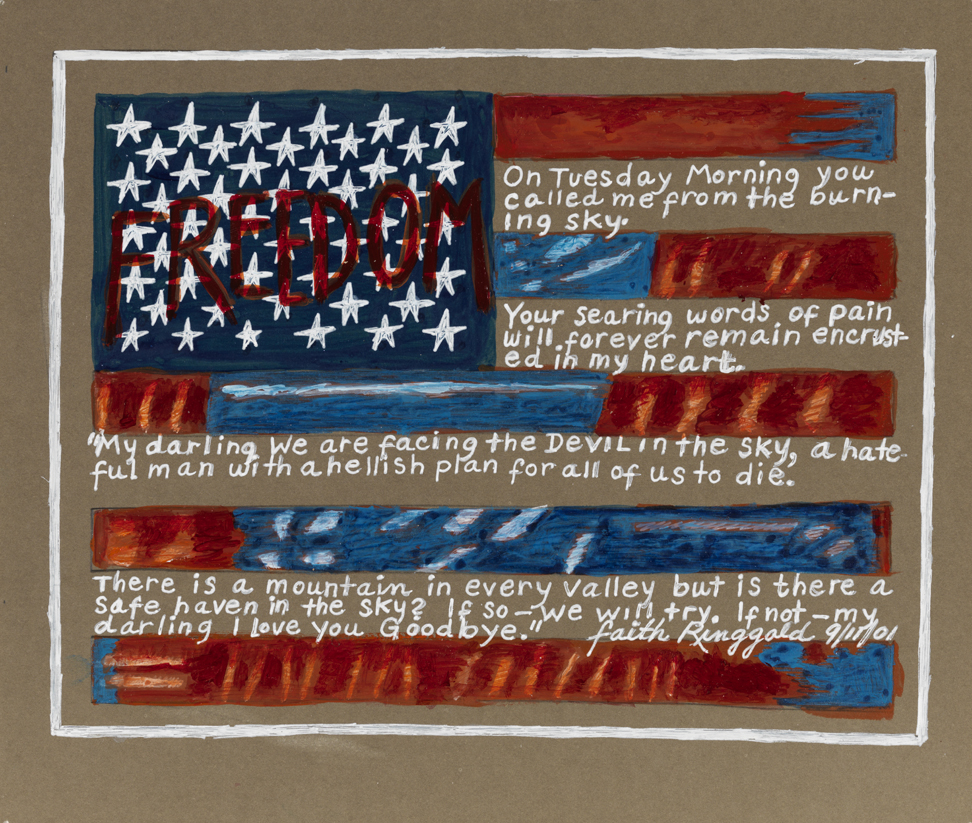
On Tuesday Morning: Freedom Flag
Faith Ringgold
As an undergraduate Art Historian, I have continuously seen the obsession of the Old masters of art of the 17th century being reproduced by artists. I believe these artists recreated classic works of art as a way to show their abilities. Similarly, I concluded from my research that Faith Ringgold adapted the work of a well-known modern artist Pablo Picasso, as a way to grab attention by displaying an element of the familiar. But rather than simply reproducing it for likeness, Ringgold attacks his work. Demanding respect as an artist, Faith Ringgold showed her ability as an artist by recreating a work by Pablo Picasso, Les Demoiselles d’Avignon (Figure 3).

Faith Ringgold, The French Collection Part 1: # 7 Picasso’s Studio, 1991, Acrylic on Canvas, Pieced fabric border.
In her work, The French Collection Part 1: #7 Picasso’s Studio (Figure 4) she takes Picasso’s work as an influence, but shows his painting in the background with a beautiful black woman in front. The figures of Picasso’s painting include both African and White women. The viewer can see the white women are identifiable, whereas the African women are wearing masks which could be his view of their ugliness needing to be covered. In her work I feel Faith Ringgold is mocking Picasso, depicting him in his studio, with various elements of African culture evident. He is seen as a caricature-like figure, which seems to poke fun by showing this great artist as sort of a joke. By challenging the artwork of a very famous artist, I value Ringgold’s ability to have no fear in stating her opinions. Being a quilted piece, this artwork reflects her desire for the advancement of “Women’s Art” and in a sense makes her unique in her presentation (Ringgold 126). By referring to another artist’s artwork, she not only shows the true meaning of Picasso’s painting but also elevates herself to his level by showing she can create a similar work.
The life and artwork of Faith Ringgold are so inspiring to me, as I often sit back while observing her artwork and admire her ability to voice her struggles. She never gave up and always held her head high believing she could make a change. Growing up in Harlem, she was exposed to all different kinds of culture and had a support system to help her continue her fight. As many artists in the past have had to take risks to make themselves popular, she went beyond that. Many times risked her life for what she believed in like figures such as Martin Luther King Jr. It saddens me her artwork is not as popular as that of other African Americans or women, but thinking back that was never what she truly wanted. She wanted artwork that had meaning to her and showed her struggles.

Born in a Cotton Field: The American Collection #3, 1997
Quilt/textile art
Her artwork makes me consider her a genius at her craft, displaying scenes that were not allowed at the time and are not fully accepted today.
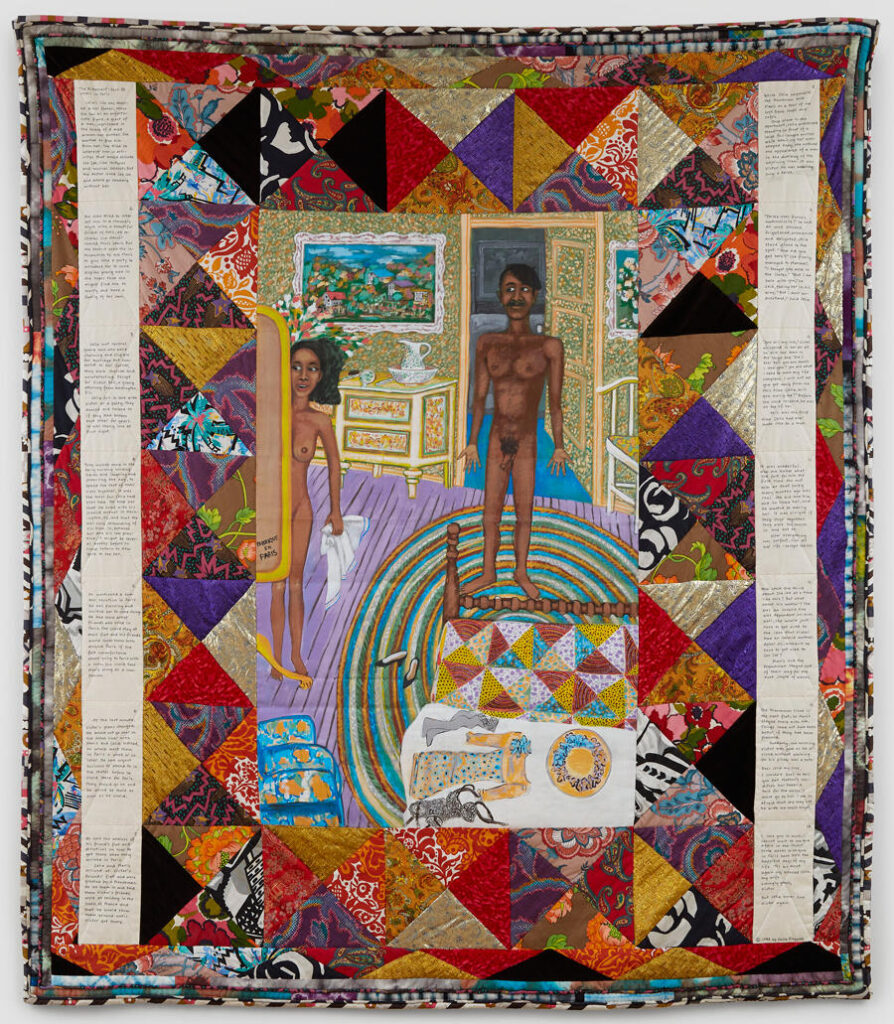
Faith Ringgold, Bitter Nest, Part III – Lovers in Paris, 1988, acrylic on canvas with pieced: Pippy Houldsworth Gallery, London, and ACA Galleries, New York © the artist; photograph: Benjamin Westoby
“I don’t feel restricted by being female. Any more than I feel restricted by being Black or being American—these are the facts of my life. It is powerful to know who you are. The restriction comes in not knowing” (Ringgold 207).
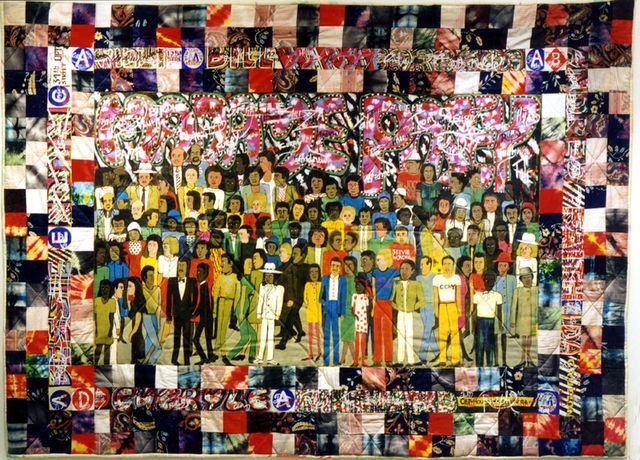
Faith Ringgold, Subway Graffiti #2, 1987, Courtesy: Pippy Houldsworth Gallery, London, and ACA Galleries, New York © the artist; photograph: Benjamin Westoby
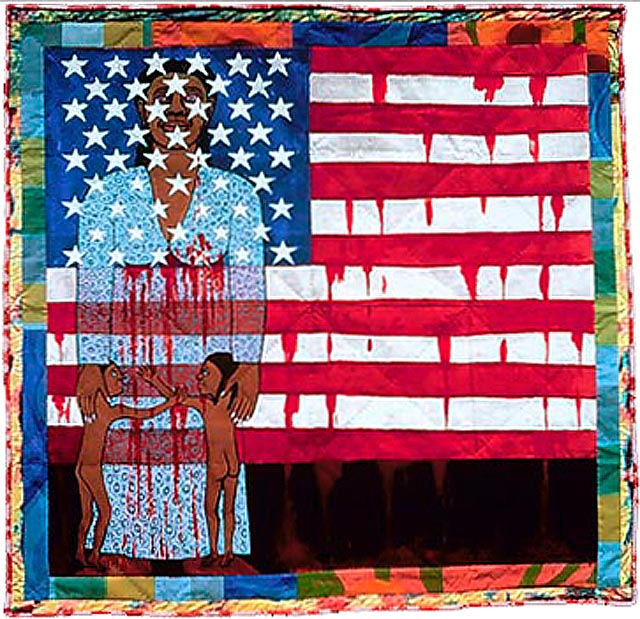
Echoes of Harlem Philip Morris Companies, Inc. Flag Story Quilt Spencer Museum of Art, Lawrence, Kansas Street Story Quilt Metropolitan Museum of Art, New York, New York
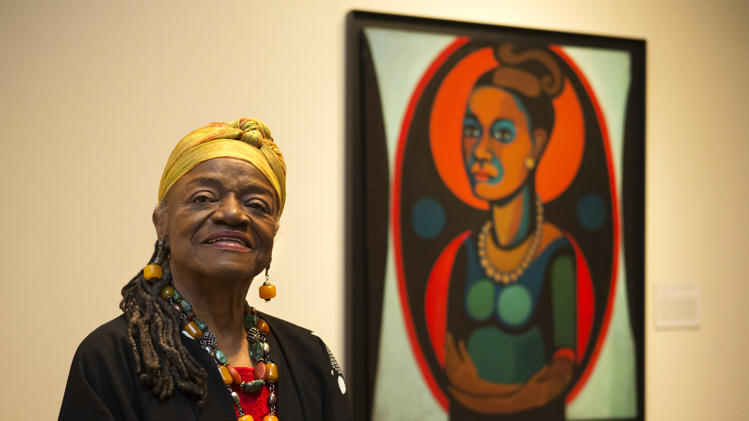
“I didn’t want people to be able to look, and look away because a lot of people do that with art,” Ringgold said. “I want them to look and see. I want to grab their eyes and hold them because this is America.”


